Heart disease is a leading killer of women and men and has claimed more lives than every kind of cancer. Being diagnosed with cardiovascular disease can affect mood and take an impulsive toll on the quality and outlook of life. As regular exercise and weight control are essential to keeping the heart in good condition, the meals, you consume matter just as much. In reality, together with different healthy lifestyle options, a heart-healthy regime can reduce heart stroke or disease risk by a massive 80%.
Eating only one particular food will not make you healthy, so the overall diet pattern is more critical than the specific foods. Rather than the processed, fried, sugary snacks and packaged foods, a heart-healthy regime is organized around only natural food fresh from the farm, ground, or ocean.
Contents
- 1 Eat Fruits and Vegetables
- 2 Eat Different Grain Products Regularly
- 3 Limit Saturated Fat and Cholesterol
- 4 Read Labels and Lower the Quantity of Trans Fat You Consume
- 5 Choose Healthy Fats
- 6 Limit Salt
- 7 Control The Portion Size
- 8 Reduce Processed or Canned Foods
- 9 Use Spices For Flavor
- 10 Fatty Fish and Fish Oil
- 11 Seeds
- 12 Green Tea
- 13 Leafy Green Vegetables
Eat Fruits and Vegetables

It would be best if you ate servings of fruits and vegetables every day. Deep orange, dark green, and yellow vegetables and fruits are incredibly nutritious. Some examples are carrots, berries, spinach, and peaches.
Eat Different Grain Products Regularly

Add whole-grain food items that contain a lot of nutrients and fiber, such as whole grains such as whole-wheat bread, brown rice, and oats.
Limit Saturated Fat and Cholesterol
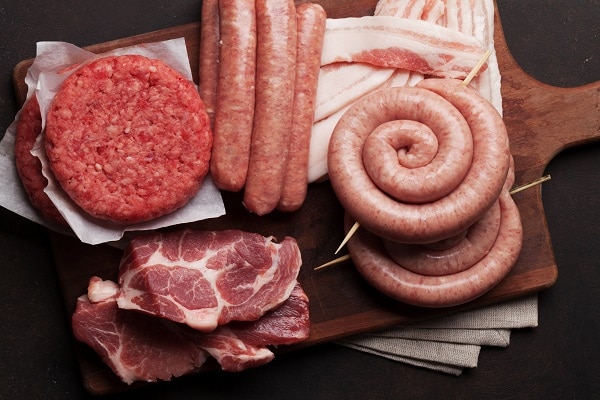
To implement limitations, cholesterol, and saturated fat, try choosing the following foods:
-
- Monounsaturated and polyunsaturated fats, such as olive oils and canola oil to substitute saturated fats, like butter
- Lean meats with meat choices such as tofu or beans
- Low-fat and non-fat dairy products
- Fish, vegetables, beans, and nuts
Read Labels and Lower the Quantity of Trans Fat You Consume
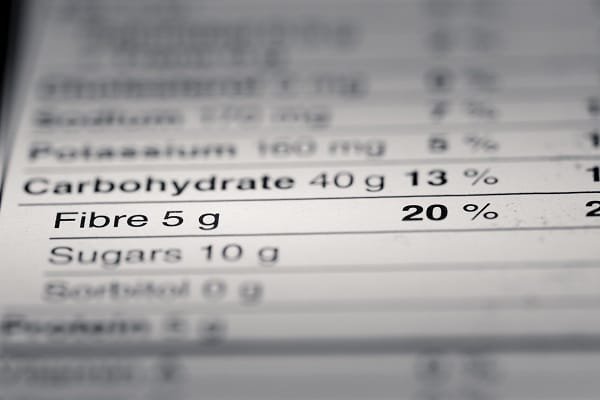
Trans fat can raise the levels of bad cholesterol and can also lower high-density lipoprotein cholesterol in our blood. This trans fat can be found in processed foods prepared with lowering or partially hydrogenated vegetable oils. Those foods are crackers, chips, cookies, and many other snack meals.
Choose Healthy Fats

Unsaturated fats like sunflower oils, olive, corn, and canola oils are components of a healthful diet. Although all fats have high calories, so watch the serving portions.
Limit Salt

To remain healthy, less is good. This is exceptionally important to people who have a risk of high blood pressure or have it. Try to restrict the sodium amount you consume limited to 2,300 mg per day. It will help in lowering the blood pressure. If your blood pressure is high, you should limit the sodium intake to 1,400 mg per day; you can lower the blood pressure even further. Prepare and choose foods with limited or no salt.
Eat just as many calories as required to be at an average weight. Learn about the quantity of serving, and later check the portion sizes. Limit drinks that have added sugar. When you need to lose some pounds, increase the activity level to get more calories burned than what you eat.
Control The Portion Size

The quantity you consume is as important as whatever you consume. Loading your plate, taking moments to eat, and consuming until you feel full will lead to having more extra calories than you should. Servings in restaurants are usually more than anyone requires.
Utilize a small bowl or plate to help control your portions. Eat more significant portions of nutrient-rich, low-calorie foods, like vegetables and fruits, and fewer portions of high-sodium, high-calorie foods, like processed, refined or fast foods. The strategy will shape up the diet as well as the waistline and heart.
Reduce Processed or Canned Foods
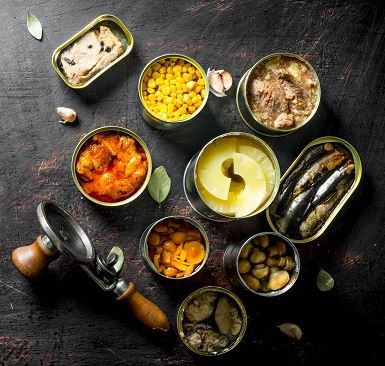
Most of the salt you consume is from processed or canned foods such as frozen dinners or soups; even other meats or poultry usually have added salt during processing. Having fresh foods, regarding unsalted meats, and making stews and soups will drastically reduce sodium consumption.
Use Spices For Flavor

Cooking will enable you to get more authority over salt consumption. Use other delicious options other than salt. Try fresh herbs like thyme, chives, and basil. You can quickly get alternatives like cumin, bay leaves, and allspice with no sodium to flavor the meal in any store.
Fatty Fish and Fish Oil

Fatty fish such as mackerel, salmon, tuna, and sardines come filled with omega-3 fatty acids, widely known for heart-health advantages.
A study with 324 individuals, who consumed salmon three times every week for eight weeks, essentially reduced diastolic blood pressure.
Different studies have shown that having fish for the long term is linked to low cholesterol levels, blood triglycerides, systolic blood pressure, and fasting blood sugar.
Additionally, every 3.5-ounces added can decrease the weekly consumption of fish was linked to a 19% higher probability of an additional risk factor for heart ailments, like diabetes, obesity, and high blood pressure.
Seeds
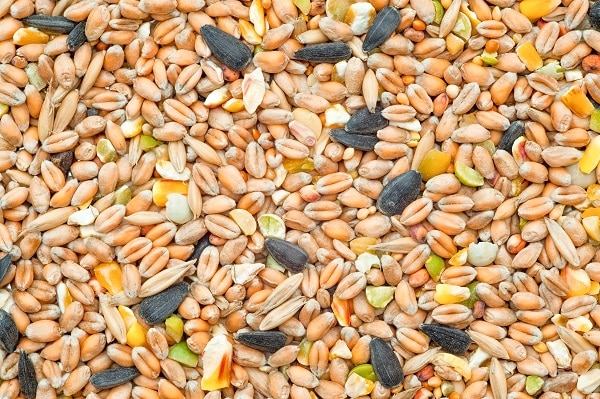
Flaxseeds, hemp seeds, and chia seeds are great reservoirs of heart-healthy components, having omega-3 fatty acids and fiber.
Numerous investigations have discovered that including these kinds of seeds in the diet will enhance many heart illness risk factors, including cholesterol, inflammation, and blood pressure.
For instance, hemp seeds have high arginine, an amino acid that is linked to decreased blood levels related to specific inflammatory markers.
Flaxseed can help to keep cholesterol levels and blood pressure under check. Animal and human studies have discovered that consuming seeds can improve various heart risk factors, including blood pressure, inflammation, triglycerides, and cholesterol.
Green Tea
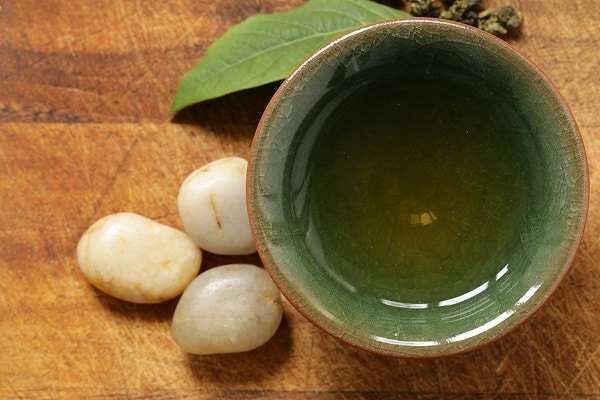
Green tea is linked to several health benefits, including raised fat-burning to enhance insulin responsiveness.
It’s also brimming catechins and polyphenols, which will act as antioxidants to prevent cell injury, decrease inflammation, and defend your heart health.
According to a review, including 20 studies, a greater intake of green tea catechins is linked to lower total cholesterol and LDL levels.
An examination of 1,367 persons has shown that green tea can decrease both diastolic and systolic blood pressure.
Leafy Green Vegetables

Leafy green vegetables such as collard greens, kale, and spinach, are well-known for the wealth of minerals, antioxidants, and vitamins.
They are the best vitamin K source, which assists in protecting the arteries and increasing the correct blood clotting.
They are also rich in dietary nitrates, showing that they can reduce blood pressure, lower arterial stiffness, and enhance the working of cells lining our blood vessels.
CONCLUSION
As new evidence has emerged, the association between heart and diet conditions can grow stronger. Whatever you put on the plate can affect almost every aspect of heart health, including inflammation, cholesterol levels, triglycerides, and blood pressure. Including heart-healthy foods as a component of your nutritious, balanced diet will help maintain the heart in healthy shape and reduce your heart disease risk.
Although consuming certain foods will increase heart disease risk, it’s mostly tough to switch the eating habits. Whether we have ages of unhealthy consumption under the belt or to make the diet healthy, these tips would surely help you. Once you understand what food to eat more and what food to limit, you will be on the way towards a healthy heart diet.


